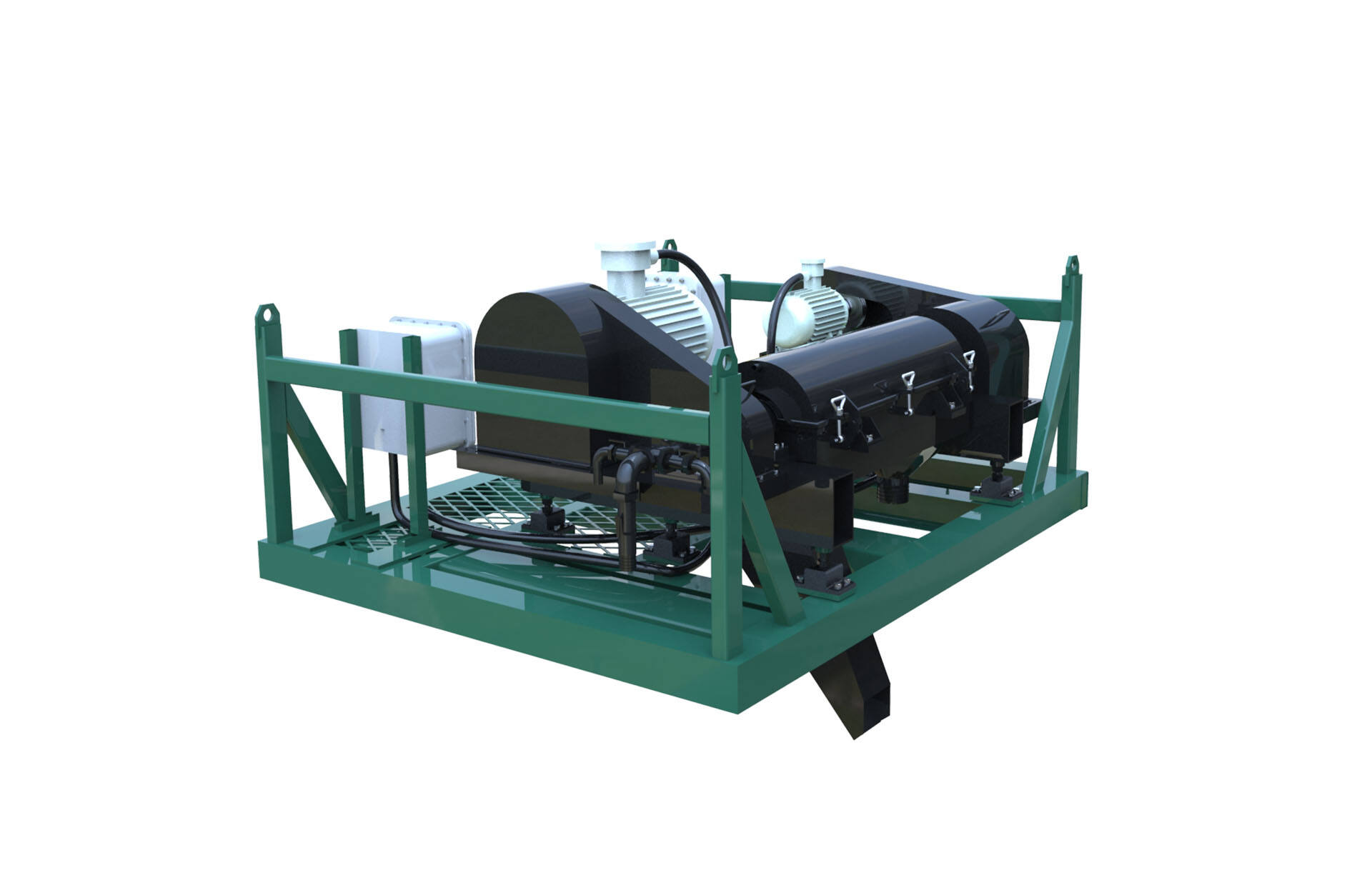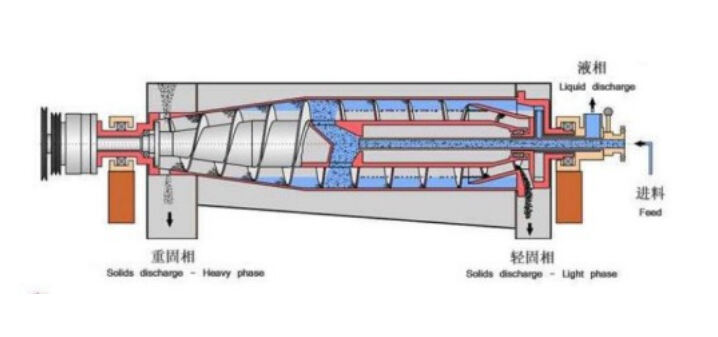mud treatment system
A mud treatment system is an advanced processing solution designed to efficiently manage and recycle drilling fluids in various industrial applications. This comprehensive system incorporates multiple stages of separation and treatment, including primary shale shakers, hydrocyclones, and centrifuges, working in harmony to remove unwanted solids and contaminants from drilling mud. The system's sophisticated design enables it to handle high volumes of drilling fluid while maintaining optimal performance and reducing environmental impact. By implementing cutting-edge technology, the mud treatment system can effectively separate different particle sizes, from large cuttings to ultra-fine solids, ensuring the treated mud meets specific requirements for reuse. The system's automated controls and monitoring capabilities allow for real-time adjustments and optimization of the treatment process, maximizing efficiency and minimizing waste. These systems are particularly valuable in oil and gas drilling operations, construction projects, and environmental remediation efforts, where proper mud management is crucial for operational success and regulatory compliance. The integration of various treatment components ensures comprehensive processing while maintaining the desired mud properties for continued use in drilling operations.

